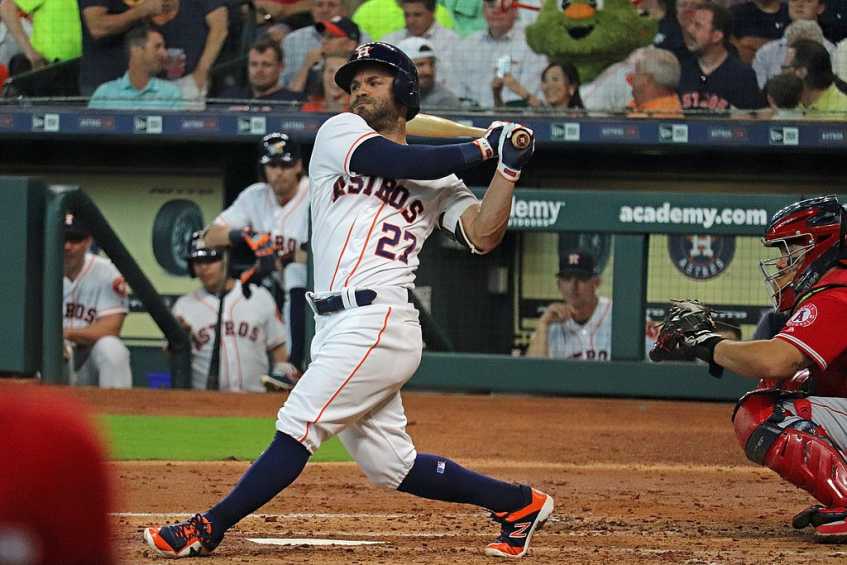
Baseball, with its rich tapestry of statistics, records, and memorable moments, offers aficionados a treasure trove of feats to relish. Among these, few are as electrifying as the act of "hitting for the cycle." A blend of consistency, power, and luck, the cycle stands as one of the sport's most enthralling accomplishments.
For the uninitiated, to "hit for the cycle" means a player has managed to hit a single, a double, a triple, and a home run all within the confines of a single game. It’s a rare combination that showcases a player’s versatility at the plate, requiring both power and speed. And while a home run might grab headlines, the cycle captivates in its complexity.
The cycle's allure isn't just about the act itself. It's about the drama that surrounds it. Often, fans will find themselves on the edge of their seats as a player, having already hit a single, double, and triple, steps up to the plate in the latter innings, home run away from completing the cycle. The tension, the anticipation, and the subsequent jubilation or disappointment make for a captivating subplot in the nine-inning narrative.
While the grand slam and the no-hitter are undeniably iconic moments in baseball, hitting for the cycle has its own distinct charm. It's a testament to a player’s all-around batting prowess, rather than just their power or precision. Moreover, it’s an unpredictable feat—unlike a no-hitter, where the tension builds with each inning, the cycle can sneak up on you, with the drama often unfolding unexpectedly.
As we delve deeper into the world of baseball cycles, we'll explore its fascinating history, the legends who've accomplished it, the rarity of the feat, and the stories that have made it an indelible part of baseball lore. From Elly De La Cruz's remarkable moments to debates about the "natural cycle," join us on a journey through one of baseball's most captivating achievements.
Baseball, often termed America's pastime, is a game steeped in tradition, history, and nuanced intricacies that deepen the fan experience. Among the various achievements a player can attain, hitting for the cycle stands out as one of the more prestigious, capturing the attention of fans and analysts alike. But what exactly does it mean to "hit for the cycle"? Let's delve into its significance, mechanics, and the distinctions within.
When a batter "hits for the cycle," they accomplish one of the rare feats in baseball by hitting a single, a double, a triple, and a home run all within a single game. It's a testament to a player's versatility at the plate, showcasing power, speed, and adaptability in their hitting approach.
Imagine this scenario: A player begins with a sprint to first base, making it a single. Later in the game, they hit a powerful shot that gets them to second, marking a double. As the game progresses, the same player manages a triple, perhaps due to an outfielder's misjudgment or their sheer speed. And to cap it all off, they send the ball soaring over the fence for a home run. All these hits in one game complete the cycle.
While the order of hits doesn't matter when achieving the cycle, the required sequence involves hitting a single, double, triple, and home run in any order. It's important to note that while four hits are the minimum requirement for a cycle, a player can achieve more hits in the game; however, the cycle is recognized once the player has at least one of each kind of hit.
The terms "natural cycle" and "reverse natural cycle" further refine the concept of hitting for the cycle:
Natural Cycle: When a batter hits for the cycle in order, starting with a single, followed by a double, then a triple, and finally rounding it off with a home run. This sequence, though harder to achieve, offers a poetic progression from the simplest hit to the most celebrated.
Reverse Natural Cycle: This is the exact opposite of the natural cycle. Here, a player starts their hitting feat with a home run, then a triple, followed by a double, and ends with a single. The reverse natural cycle is equally rare, but some purists believe the natural cycle holds more poetic significance because of its ascending order.
Baseball, with its long and storied history, has seen countless moments that have left fans in awe. The cycle, while a singular achievement on its own, becomes even more fascinating when viewed against the backdrop of baseball's expansive chronicle. Let's journey back in time to explore how often this exceptional feat occurs, the pioneers of the cycle, and those rare instances when players achieved it multiple times in one season.
To give context, hitting for the cycle is less frequent than pitching a no-hitter. For an achievement that requires only four specific hits in a game, it's remarkable how rare it is in the vast landscape of Major League Baseball. Since the inception of the MLB, there have been just over 300 cycles recorded, a minuscule number when one considers the countless games played and the multitude of batters who have taken to the plate.
Why the scarcity? The requirements of the cycle inherently depend on a blend of luck and skill. While singles and home runs might be more common for certain batters, the triple - often dubbed the hardest hit to achieve in baseball - can be a sticking point. Factors like ballpark dimensions, outfielder positioning, and even the speed of the batter come into play. It's this concoction of factors that make the cycle an achievement reserved for a select few.
Diving into the annals of MLB history, the "first cycle" holds special reverence. Curly Fletcher of the New York Giants was among the earliest players credited with this feat, achieving it in 1888. But as records from the 19th century can be hazy, some baseball historians also point to George Hall of the Philadelphia Athletics, who might have achieved the cycle a decade earlier in 1876. Regardless of the debate, the accomplishment set the stage for future players to etch their names into baseball lore.
As if hitting for the cycle once wasn't noteworthy enough, a few extraordinary players have managed this feat multiple times within a single season. "Hitting for the cycle twice" isn't a phrase you hear often, and with good reason.
Bob Meusel of the New York Yankees and Babe Herman of the Brooklyn Robins (later the Dodgers) stand out in this regard. Meusel achieved this impressive feat three times over his career, with two of those cycles coming in the 1928 season. Herman, on the other hand, hit for the cycle twice in just a span of a few months in 1931. Their exploits showcase not just a seasonal purple patch, but a testament to their enduring class and versatility at the plate.
Recent times have seen players like Aaron Hill and Christian Yelich join this elite club, proving that while the feat is rare, it isn't confined to the pages of ancient baseball history.
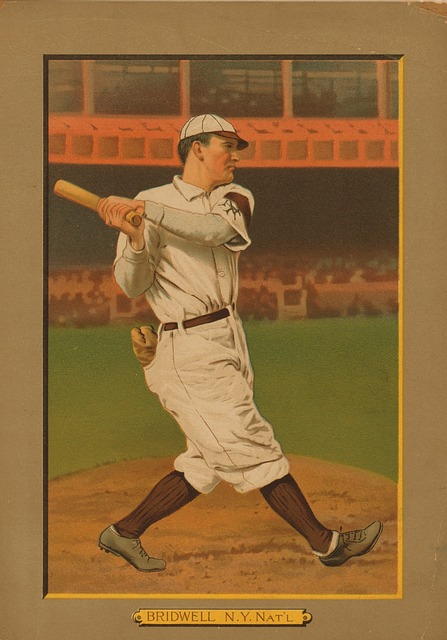
Across the annals of baseball, many players have distinguished themselves through their prowess, perseverance, and occasionally, a touch of fortune. The cycle, a rare gem in baseball achievements, has provided a stage for several players to etch their names into MLB folklore. From the youngest rookies to seasoned veterans, and from ordinary league games to the high stakes of postseason clashes, let's delve into some unforgettable cycle stories.
A name synonymous with modern-day baseball excellence, Elly De La Cruz is an epitome of talent meeting opportunity. Bursting onto the MLB scene, De La Cruz quickly made a mark with his diverse skill set. But what stands out prominently in his expanding resume is his relationship with the cycle.
In a riveting game against the Miami Marlins on June 23, De La Cruz achieved what only a few have done before: hitting for the cycle in only 6 innings of play at the age of 21. It wasn't just the accomplishment but the manner of his achievement that left fans and pundits in awe. Showcasing a blend of power, precision, and pace, De La Cruz's performance that day was a testament to his sheer class. Beyond that iconic game, "De La Cruz" and "cycle" have become almost intertwined, with several near-misses and constant mentions whenever a player is on the verge of achieving this feat.
The beauty of baseball lies in its inclusivity. Age, often just a number, has seen its barriers shattered on the diamond. When it comes to the cycle, both ends of the age spectrum have their champions.
The title of the youngest player to hit for the cycle is held by the prodigious talent from the Atlanta Braves. Achieving this at the tender age of 20, he displayed maturity and skill well beyond his years. His triple, especially, showcased his raw speed, turning what looked like a double into a thrilling three-bagger.
On the flip side, the honor of being the oldest to hit for the cycle goes to a seasoned veteran from the Philadelphia Athletics. With years of experience under his belt, he exhibited a masterclass in hitting, proving that age is no deterrent to class and finesse.
While hitting for a cycle once is a monumental achievement, doing it multiple times is the stuff of legends. Among the elite club of multi-cycle hitters, Gary Matthews Jr. stands out. The sheer consistency and adaptability displayed by Matthews Jr. throughout his career make his cycles all the more remarkable. His second cycle, coming against the Texas Rangers, was a display of controlled aggression, as he picked apart the bowling lineup with precision.
But he's not alone. Other players, like the aforementioned Bob Meusel and Babe Herman, have also graced this elite list, ensuring their places in baseball's hall of fame.
As rare as the cycle is, some occurrences elevate its rarity to an almost mythical status. One such instance is the cycle in a postseason game. The stakes are high, the pressure is palpable, and every hit matters. Achieving a cycle in such a setting is nothing short of Herculean.
Then there's the cycle in a nine-inning game, a feat that underscores the player's dominance throughout the game. Unlike longer games where a player might get additional at-bats, a nine-inning game cycle requires near-perfect execution at every opportunity.
To highlight one such instance, during a pivotal game against the Pittsburgh Pirates, an indomitable batter from the National League showcased what many believe to be one of the most impeccable hitting performances. Achieving the cycle in just a nine-inning game, he single-handedly steered his team to victory, ensuring his place in the annals of baseball's greatest moments.
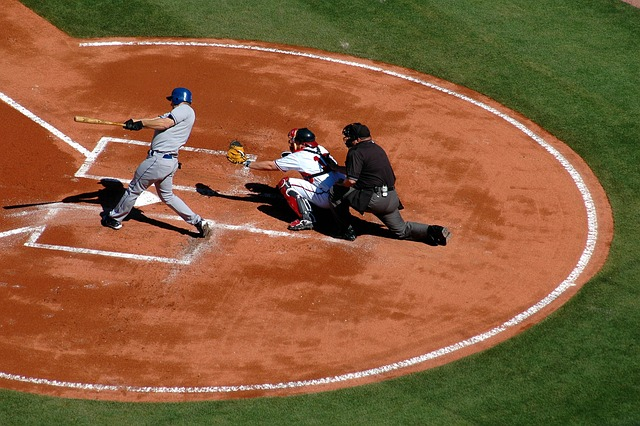
Baseball is a game steeped in tradition, history, and myriad statistics. Among the many feats celebrated in this game, hitting for the cycle stands out as one of the most thrilling accomplishments a batter can achieve. But within this exciting category, there are some cycles that are rarer than others, giving them a unique place in baseball lore.
Hitting a single, double, triple, and home run in one game is impressive on its own, but doing it in order—commonly known as a "natural cycle"—takes this feat to another level of rarity. A natural cycle means the batter hits a single in his first at-bat, a double in his second, a triple in his third, and caps it all off with a home run in his fourth. Given the variables in a baseball game, including the number of at-bats a player might get, the defensive plays, and the pitcher's strategy, this is a highly unpredictable and rare event.
The reverse natural cycle, where a player hits a home run first and then follows it in descending order, is equally impressive. These specific sequences within the cycle world have their own special place in baseball conversations, both for their beauty and their infrequency.
To appreciate the rarity of the cycle, especially the natural one, it's helpful to compare it with other celebrated feats in baseball. No-hitters, for instance, are one such event. In a no-hitter, a pitcher goes an entire game (typically nine innings) without allowing a single hit. The sheer endurance, skill, and a dash of luck required for a no-hitter make it one of baseball's most celebrated achievements. While hitting for the cycle depends solely on one player's offensive prowess, a no-hitter is more of a team accomplishment, with fielders playing a crucial role.
Another rare event is the grand slam. It's the dream scenario for a batter—a loaded base and a home run that brings everyone home. While grand slams might occur more frequently than natural cycles, the excitement they generate is almost unparalleled. The stakes are high, and the payoff, in terms of runs, is the best possible in a single swing.
Pitchers are traditionally not known for their batting skills. Their primary role is to prevent the opposing team from scoring, and in the American League, they don't even bat due to the designated hitter rule. This makes the instances of pitchers hitting for the cycle even more extraordinary.
Though extremely rare, it has happened. When a pitcher achieves this, it's a testament to their all-around skill in the game, showcasing versatility and reminding everyone that baseball is full of surprises.
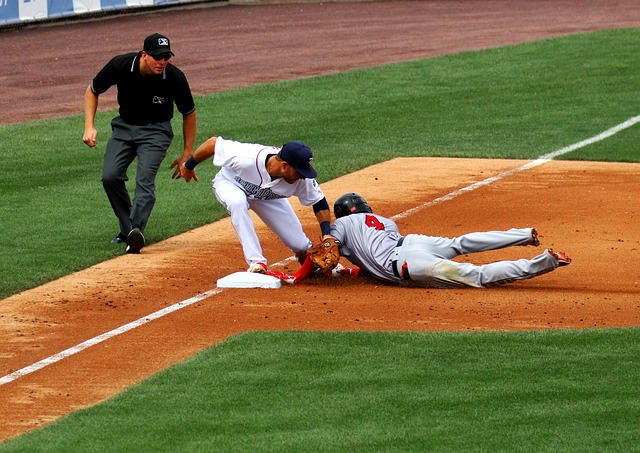
Baseball, though a sport of individual moments, is fundamentally a team game. And when it comes to the thrilling accomplishment of hitting for the cycle, certain teams seem to have a knack for nurturing talent that achieves this elusive feat.
The Atlanta Braves, with their storied history and a roster of talented batters throughout the years, have seen numerous cycles completed in their uniform. From their days in Boston and Milwaukee to their current home in Atlanta, Braves players have showcased this rare talent on multiple occasions.
The Texas Rangers are another franchise with an impressive number of cycles to their name. Playing in the hitter-friendly ballpark in Arlington has perhaps given an edge to their batters, resulting in multiple cycles being recorded over the years.
Then there are the Philadelphia Athletics, a team with a rich history dating back to the early days of baseball. While they've seen their fair share of cycles, it's their role in the broader tapestry of baseball history that makes every cycle in their uniform something truly special.
In the annals of baseball history, there are moments that are so rare and incredible that they become instant legends. One such moment is when two players from opposing teams hit for the cycle on the very same day. The sheer statistical improbability of this event makes it one for the record books. It's a testament to the unpredictability of the sport and how, on any given day, fans can witness something truly magical if it happens early or even the ninth inning.
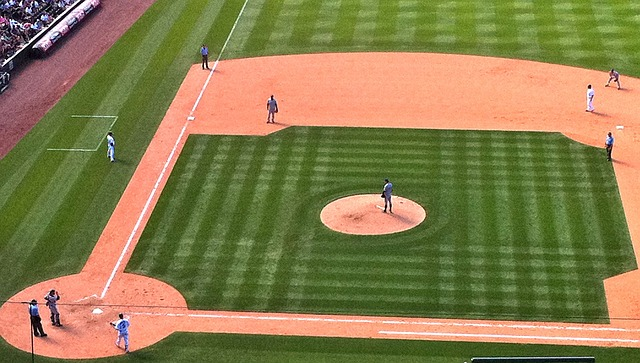
The magic of cycles hit in baseball lies in its unpredictability. No matter how many games one watches, there’s always the potential for something extraordinary to unfold on the diamond. The cycle stands tall as one of those rare moments that captivates both the casual viewer and the seasoned aficionado.
It's a testament to a player's versatility, skill, and a sprinkle of serendipity. Whether it's the sheer brilliance of a natural cycle or the astounding feat of multiple players achieving the cycle in a single game, these moments etch themselves into baseball lore.
Teams like the Atlanta Braves, Texas Rangers, and Philadelphia Athletics have seen their players achieve this feat multiple times, adding to their rich tapestries of history. Players like Elly De La Cruz and Gary Matthews Jr., with their ties to the cycle, further illuminate the narratives of individual brilliance in a team sport.
Yet, beyond statistics and records, the cycle reminds us of the beauty of baseball. It encapsulates the drama, suspense, and the crescendos of excitement that make every game a new story. As fans, we live for these moments, cherishing the blend of skill and chance that makes baseball an ever-evolving narrative of human achievement.
In the end, hitting for the cycle is more than just about completing a set of hits. It's a celebration of baseball's unpredictability, a tribute to players' tenacity, and a testament to why we, as fans, keep coming back for more.
Apart from hitting for the cycle in order, other rare feats include perfect games, quadruple plays, and hitting four home runs in a single game.
While the exact number has varied over the years, only a select group of elite players have achieved the cycle more than once in their careers.
Hitting for a "natural cycle" (in order: single, double, triple, home run) is a rarer version of the cycle and is celebrated for its sequence and the skill required to achieve it.
A home run is one of the four hits required to complete the cycle. It's often the most challenging part of the cycle to achieve, given the distance and power required.
Yes, it's rare, but there have been instances where pitchers, despite not being known for their batting prowess, have hit for the cycle, showcasing their all-around talent.
The term "cycle" refers to the sequence of hits a player achieves in the game: a single, double, triple, and home run. It's a complete "round" or "cycle" of the possible standard hits.
No, while hitting four home runs in a game is an incredible feat, it's not considered a cycle. The cycle specifically requires one of each: a single, double, triple, and home run.
Jose Altuve on August 28, 2023.
Yes, in 2018, Christian Yelich did on 8/29 and 9/17. He also has the most career cycle games at 3.
Chris Sloan is a former baseball league commissioner and travel baseball coach who has made significant contributions to the sport. In 2018, he founded selectbaseballteams.com, a website that helps parents find youth and travel baseball teams in their local areas. Since its launch, the website has experienced impressive growth, offering a wealth of resources including teams, news, tournaments, and organizations. Chris's unwavering passion for baseball and his innovative approach to connecting parents with quality baseball programs have earned him a respected reputation in the baseball community, solidifying his legacy as a leading figure in the world of youth and travel baseball.
There are 0 comments on "What is Hitting for the Cycle in Baseball?"
chandler allen says:
"Hi my name is chandler, i’ve enjoyed..."
On Wanting to tryout for summer ball. as an 18 year old
david graham says:
"With no current MLB team in Canada,..."
On With no current MLB team in
Charles Chavez says:
"To All Coaches: Do you have13U or..."
On Looking for Games